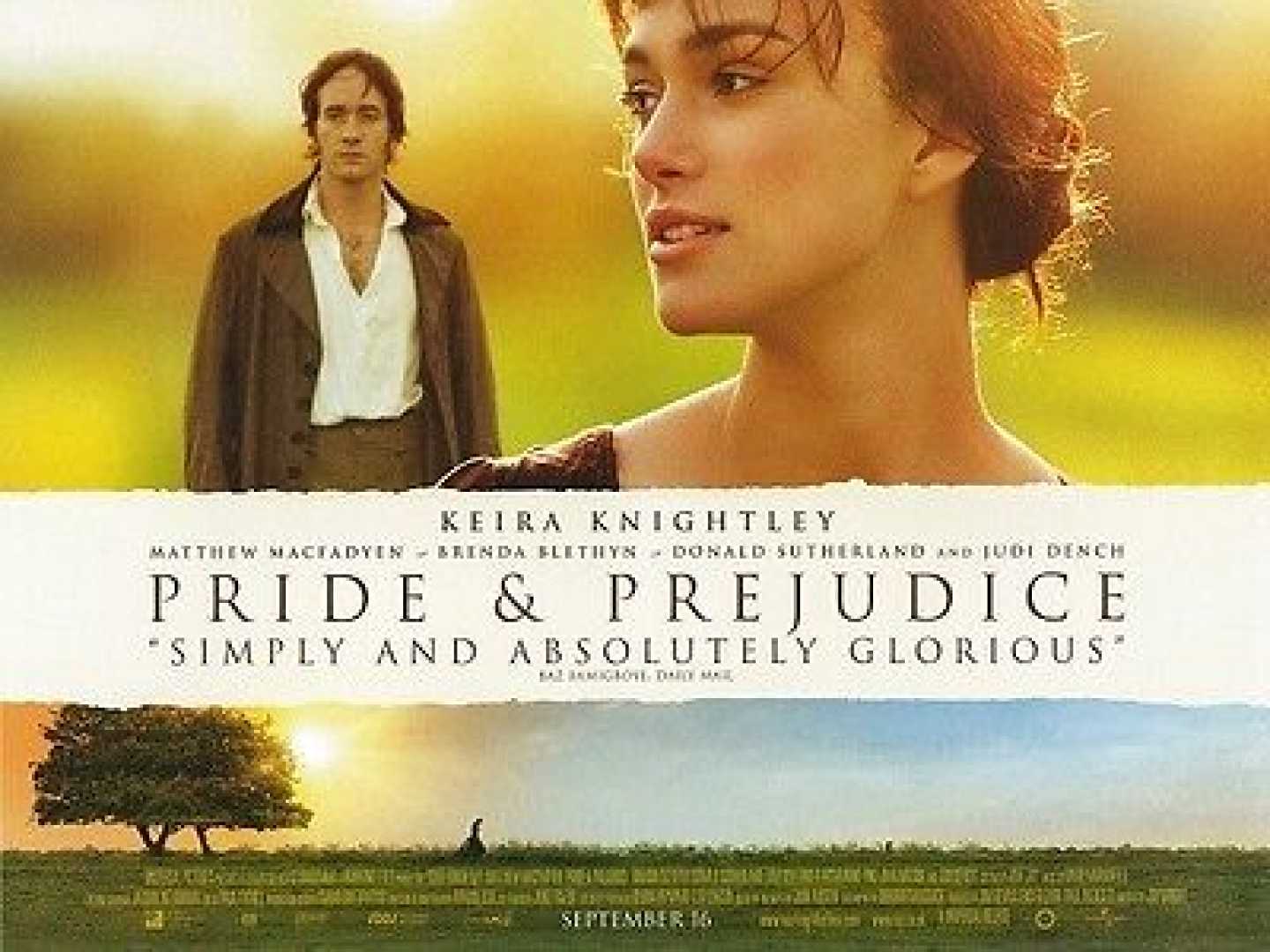Entertainment
Pride & Prejudice: 20 Years of Romance and Nostalgia

NEW YORK — Celebrating its 20th anniversary, Joe Wright‘s acclaimed adaptation of “Pride & Prejudice” returns to theaters this week, captivating audiences with its unique take on Jane Austen‘s classic novel.
The film premiered in 2005, starring Keira Knightley as Elizabeth Bennet and Matthew Macfadyen as Mr. Darcy. One of its most memorable moments is their initial proposal scene, which unfolds dramatically in the rain, a stark contrast to the novel’s calm interior setting. In this rendition, Mr. Darcy professes his love with the passionate declaration, “I love you, most ardently.” Unlike the novel, Elizabeth’s rejection carries a deeper context, enriched by Wright’s directorial choices.
Devoney Looser, a Jane Austen scholar, notes that while the 1995 BBC miniseries is beloved for its fidelity to the text, Wright’s film resonates with a modern audience, particularly among younger viewers. “Most of my students prefer the 2005 film,” Looser said. “Wright’s adaptation brings a new dynamic to Mr. Darcy’s character, turning him from a distant figure into one that audiences can empathize with.”
In Wright’s version, Mr. Darcy combines aloofness with a brooding intensity, showcasing his emotional struggle, making him more relatable and appealing. Looser explains, “Wright leans into the romantic tension, which hooks viewers and invests them in the characters emotionally.”
The film’s cinematography amplifies this emotional journey. An example is the famed scene depicting a transformative moment between Elizabeth and Mr. Darcy, where subtle gestures reveal profound feelings. As Darcy helps Elizabeth into her carriage, he flexes his hand in a reaction to her touch, expertly captured by Wright’s visual storytelling.
Furthermore, Wright’s vision extends to all characters, giving depth to individuals like Elizabeth’s sister Mary, who brings her own captivating storyline to light. Justin Smith, a professor of cinema and television history, emphasizes how this approach breathes life into every character, providing a rich world that sustains audience interest beyond just the romance.
Since its debut, Wright’s “Pride & Prejudice” has grossed over $121 million worldwide against a $28 million budget. The film garnered favorable reviews, with critic Roger Ebert praising its emotional visuals and lush countryside cinematography.
In today’s vastly different cultural landscape, the re-release of this film invites audiences to reflect on nostalgic narratives of love. Deborah Cartmell, an expert in adaptation studies, suggests that viewers may find comfort in the film’s portrayal of romance during uncertain times. “It offers a reassuring tale to look at and enjoy,” she said.
As society increasingly relies on digital connections, this adaptation’s emphasis on genuine human interaction may evoke a longing for the authenticity of face-to-face relationships. Smith comments, “Wright’s film reminds us of the raw nature of human intimacy, something that is especially poignant in our digital era.”
The continued allure of “Pride & Prejudice” underscores its lasting significance in popular culture, affirming the film’s place as a beloved adaptation that not only celebrates love but also resonates with the universal experience of connection.












